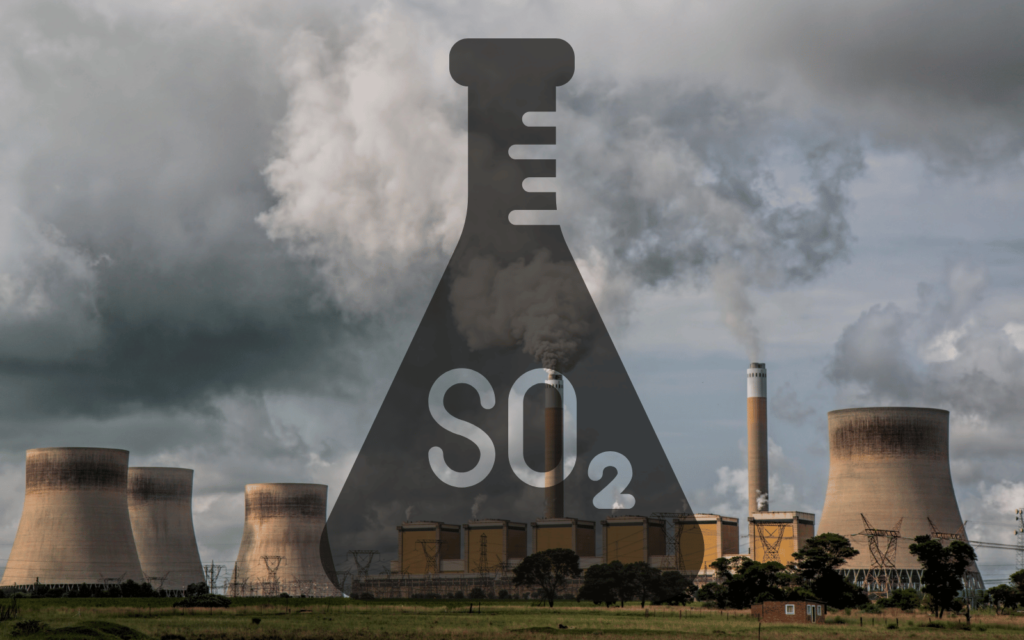Masks could be coming back in a big way. No, not those ones that have sat in your drawer for the past year. We’re talking about the heavy-duty kind you see in The Last of Us – but not to protect ourselves from some zombie-inducing particles in the air. Our reality could be more concerning. South Africa’s environment minister Barbara Creecy has greenlit Eskom’s plan to expel more sulphur dioxide (SO2) and load shed less.
See, Eskom doesn’t want to pollute the air with more noxious fumes. It feels that if it’s able to circumvent the country’s environmental laws, it can go about repairing three of Kusile’s six units a whole year faster than it would have usually needed. Specifically, Eskom needed approval to bypass the flue-gas desulphuration unit (FGD), which removes sulphur dioxide from the plant’s emissions. And… it’s got it.
Goodbye load shedding?

“The temporary solution proposed for Kusile envisages that Eskom will operate the temporary stacks without the use of the flue gas desulphurisation mechanism for a period of 13 months,” said the environmental department. “This is likely to result in increased sulphur dioxide emissions during this period, in excess of the current applicable limit contained in Kusile’s atmospheric emission licence.”
Eskom’s exemption from environmental laws isn’t without a few caveats. Creecy stated that the exemption is “subject to certain strict conditions.”
The first of which calls for Eskom to issue a public notice in two national newspapers explaining their decision. Secondly, Eskom must conduct a public participation process in the next fortnight. Next, the power provider must report to Creecy and parliament with regard to Kusile’s repairs. And finally, to ease health risks, it must perform independent health screenings on affected employees and surrounding areas, including referrals to appropriate treatment centres if necessary.
Read More: South Africa’s bailout of Eskom won’t end power cuts: splitting up the utility can, as other countries have shown
Not without its flaws
But now it’s time for the plan to be put into motion. In the meantime, Eskom is building temporary stacks to mitigate the chimney’s collapse – a project that could be completed as early as November. The completion would amount to an additional 2,100MW of energy being added back to the grid – effectively lessening load shedding’s hold.
Normally we’d applaud any attempt of Eskom (also known as the world’s largest emitter of SO2) to reduce load shedding. But it comes at a hefty cost. The Centre for Environmental Rights believes that the plan could result in the premature deaths of 492 people or more. A lot more, if you believe Lauri Myllivirta, a lead analyst at the Centre for Research on Energy and Clean Air.




